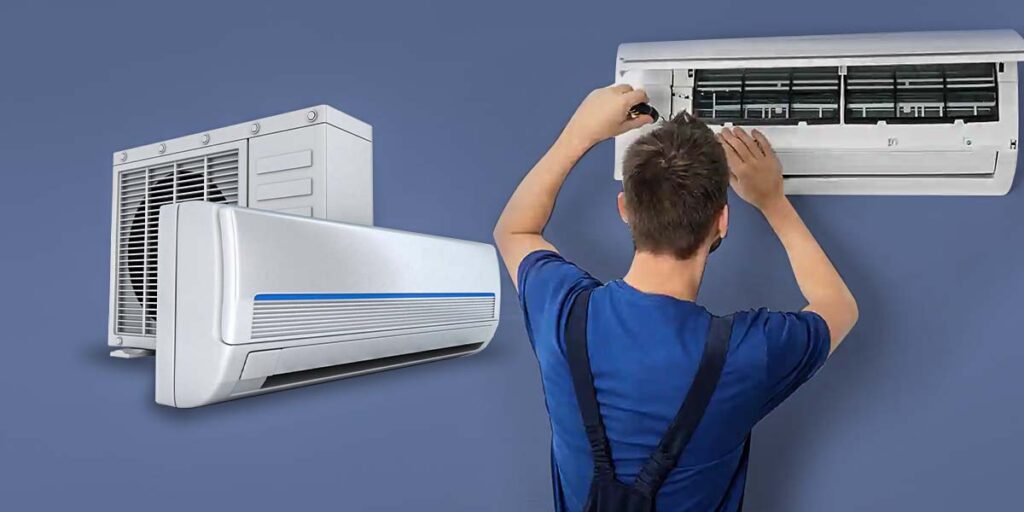Nobody enjoys sharing their home with unwanted creepy crawlies. That’s where pest control comes in! But before the professionals unleash their arsenal of bug-banishing tools, a little prep work on your end can make the treatment even more effective (and less disruptive) for everyone involved. Here’s how to get your house squeaky clean (pest-free, that is) for your next pest control service:
Declutter Like a Champion:
- Clear the counters: Kitchen and bathroom counters offer prime real estate for pests searching for crumbs or spills. Put away food items, dishes, and clutter to give the exterminator clear access to all surfaces.
- Tame the toy tsunami: Pick up toys, pet beds, and anything else lying around on the floor. This allows the technician to reach all areas where pests might be hiding.
- Closet chaos under control: Open closet doors and drawers. This allows for inspection and treatment in these often-overlooked areas.
- Furniture shuffle: Move furniture away from walls, especially in kitchens and bathrooms. This gives the exterminator access to baseboards and behind appliances – prime hiding spots for creepy crawlies.
Contain the Critters:
- Seal the deal: Seal up any cracks or holes in walls, around pipes, and near windows. These tiny entryways can be a welcoming sign for unwanted guests.
- Pet precautions: If you have pets, make sure they have a safe place to stay during the treatment, following the specific instructions provided by your pest control company. This ensures the safety of both your furry friends and the effectiveness of the treatment.
- Fishy friends: Turn off air pumps and filters for aquariums during the treatment, following the specific guidance of your pest control company.
Food and Fantastic Sanitation:
- Food storage finesse: Pack away all food items, including pet food, in airtight containers or cupboards. This eliminates potential food sources for pests.
- Garbage disposal: Empty all trash cans and take out the garbage before the treatment. This removes any potential attractants for pests.
- Cleaning champion: Give your home a thorough cleaning, focusing on areas where pests might congregate, like floors, behind appliances, and under sinks. Vacuum carpets and rugs, paying close attention to edges and corners.
Communication is Key:
- Inform the exterminator: Let the pest control company know about the types of pests you’re seeing and any specific areas where you’ve noticed activity. This helps them tailor the treatment for maximum effectiveness.
- Read the fine print: Carefully review the instructions provided by your pest control company. This information typically outlines any necessary preparations, safety precautions, and post-treatment procedures.
By following these simple steps, you can create a pest-free haven and ensure your next pest control treatment with Qatar Engineering House is a roaring success. Remember, a little preparation goes a long way in achieving a pest-free and peaceful home environment. So, get decluttering, sealing, and cleaning – your home

